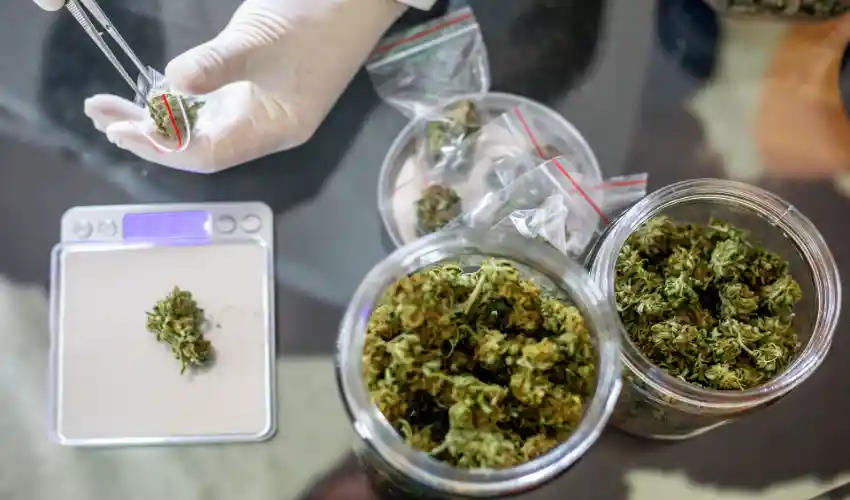Cannabidiol (CBD) flowers, derived from the hemp plant, have a rich history that dates back thousands of years. The journey of CBD Flower from ancient cultivation to their contemporary use in medicine is a fascinating tale of agriculture, culture, and science.
Ancient Roots: The Early Uses of Hemp
Hemp, a variety of the Cannabis sativa plant species, is one of the oldest crops cultivated by humanity. Archaeological evidence suggests that hemp was used as early as 8000 BCE in ancient China. Initially, it was grown primarily for its strong fibers, which were used to make textiles, ropes, and paper. However, the plant’s medicinal properties were soon recognized.
In ancient Chinese texts, hemp is mentioned as one of the “five grains” essential to Chinese agriculture and diet. The legendary Emperor Shen Nong, regarded as the father of Chinese medicine, documented the therapeutic benefits of hemp in his pharmacopeia around 2737 BCE. He noted its efficacy in treating a range of ailments, including pain, inflammation, and even malaria.
Spread to the West: Hemp in Ancient Civilizations
As trade routes expanded, hemp cultivation spread from Asia to the Middle East and eventually to Europe and Africa. In ancient India, the Atharva Veda (circa 1500 BCE) described hemp as one of the five sacred plants, highlighting its use in both spiritual and medicinal contexts.
The ancient Egyptians also utilized hemp for medicinal purposes. Papyri from 2000 BCE indicate the use of hemp in treating glaucoma, inflammation, and other health issues. Similarly, in ancient Greece, the physician Galen and historian Herodotus wrote about hemp’s medical applications, particularly for pain relief and wound healing.
Medieval to Renaissance: Hemp’s Continued Use
Throughout the medieval period, hemp remained a staple crop across Europe and the Islamic world. Monasteries often cultivated hemp for both its fiber and medicinal properties. By the Renaissance, hemp had become a crucial resource in Europe, not only for medicine but also for its industrial uses in making paper, textiles, and sails for ships.
During this time, the knowledge of hemp’s medicinal properties continued to evolve. Notable physicians, such as Nicholas Culpeper, an English herbalist, included hemp in their medicinal texts. Culpeper’s “Complete Herbal” (1653) highlighted hemp’s efficacy in treating various ailments, from gout to jaundice.
The Modern Era: The Rise and Fall of Cannabis Medicine
The 19th century saw a surge in the use of cannabis-based medicines in Western countries. Pharmaceutical companies began producing tinctures and extracts from the cannabis plant, including hemp. These products were widely prescribed for conditions such as epilepsy, migraines, and pain.
However, the 20th century brought significant changes. The psychoactive properties of cannabis, particularly the high THC varieties, led to increasing regulation and eventual prohibition. In the United States, the Marihuana Tax Act of 1937 effectively criminalized cannabis, including hemp. This legislation marked the beginning of a long period of stigmatization and legal challenges for cannabis and its derivatives.
The CBD Renaissance: Rediscovery and Legalization
The late 20th and early 21st centuries witnessed a resurgence of interest in the cannabis plant, driven by scientific research and changing public perceptions. In the 1990s, the discovery of the endocannabinoid system—a complex cell-signaling system in the human body—provided a scientific basis for understanding how cannabinoids like CBD interact with our physiology.
As research progressed, the distinction between psychoactive THC and non-psychoactive CBD became clearer. Studies began to reveal the potential therapeutic benefits of CBD, including its anti-inflammatory, analgesic, and anxiolytic properties. This shift in understanding paved the way for the legalization of hemp and CBD products in many countries.
In 2018, the United States passed the Farm Bill, which legalized the cultivation of hemp (defined as cannabis with less than 0.3% THC) and the production of CBD products. This legislative change led to an explosion in the CBD market, with CBD Flower UK becoming popular for their potential health benefits without the psychoactive effects associated with THC-rich cannabis.
Conclusion: A Promising Future for CBD Flowers
The history of CBD flowers is a testament to the enduring value of the hemp plant. From ancient Chinese medicine to modern scientific research, CBD has been recognized for its therapeutic potential. Today, as legal frameworks evolve and research continues, CBD flowers offer a promising natural remedy for a variety of health issues, blending millennia of traditional use with cutting-edge science.
